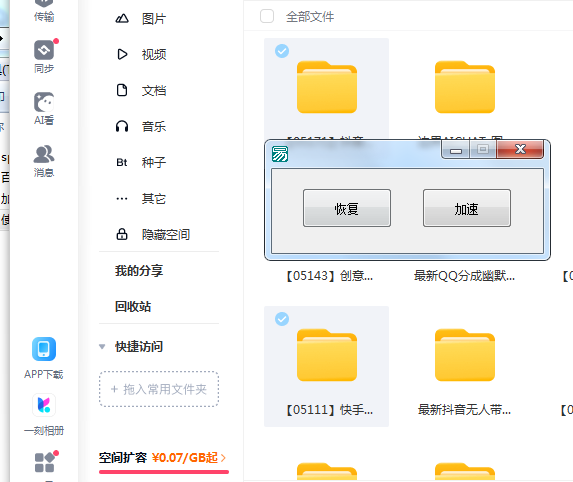
本文旨在提供在 WordPress 自定义模板文件中嵌入自定义 html 表格的多种解决方案。我们将探讨直接在模板中添加表格、修改现有内容模板以及创建独立表格模板等方法,并针对每种方案提供详细的代码示例和注意事项,帮助开发者灵活地将自定义数据表格集成到 WordPress 主题中。
在 WordPress 中创建自定义模板并集成自定义表格是常见的需求,特别是在需要展示来自数据库或其他数据源的动态信息时。然而,直接在模板文件中添加 HTML 表格可能会导致样式与主题不一致,或者难以维护。以下介绍几种有效的解决方案,帮助你更好地在 WordPress 自定义模板中集成自定义表格。
方案一:直接在模板文件中添加表格
这是最直接的方法,将 HTML 表格代码直接嵌入到你的自定义模板文件中。
示例代码:
<?php // the_post(); get_template_part( 'template-parts/content/content-page' ); // my added table echo '<table><th>Header 1</th><th>Header 2</th></table>'; // end added table // If comments are open or there is at least one comment, load up the comment template. if ( comments_open() || get_comments_number() ) { comments_template(); } endwhile; // End of the loop. get_footer(); ?>
注意事项:
- 这种方法简单直接,但缺乏灵活性。如果表格内容复杂或者需要动态生成,这种方式会变得难以管理。
- 务必确保添加的 HTML 表格代码符合 WordPress 的编码规范,避免出现语法错误。
- 如果表格样式与主题不一致,需要手动添加 css 样式进行调整。
方案二:修改现有内容模板
如果你的表格内容与现有的页面内容相关,可以考虑直接修改现有的内容模板文件(例如 content-page.php)。
操作步骤:
- 找到主题目录下的 template-parts/content/content-page.php 文件。
- 在该文件中找到合适的位置,添加你的 HTML 表格代码。
示例代码:
<?php // the_post(); get_template_part( 'template-parts/content/content-page' ); // my added table echo '<table><th>Header 1</th><th>Header 2</th></table>'; // end added table // If comments are open or there is at least one comment, load up the comment template. if ( comments_open() || get_comments_number() ) { comments_template(); } endwhile; // End of the loop. get_footer(); ?>
注意事项:
- 修改现有模板文件可能会影响其他使用该模板的页面,请谨慎操作。
- 建议在修改之前备份原始文件,以便出现问题时可以恢复。
- 同样需要注意表格样式与主题的兼容性。
方案三:创建独立的表格模板
为了更好的代码组织和可维护性,可以创建一个独立的表格模板文件,然后在你的自定义模板中调用它。
操作步骤:
- 在主题目录下的 template-parts/content/ 目录下创建一个新的 PHP 文件,例如 content-table.php。
- 在该文件中编写 HTML 表格代码。
- 在你的自定义模板文件中使用 get_template_part() 函数调用该模板。
示例代码:
- content-table.php:
<table> <thead> <tr> <th>Header 1</th> <th>Header 2</th> </tr> </thead> <tbody> <tr> <td>Data 1</td> <td>Data 2</td> </tr> </tbody> </table>
- 自定义模板文件:
<?php // the_post(); get_template_part( 'template-parts/content/content-page' ); get_template_part( 'template-parts/content/content-table' ); // end added table // If comments are open or there is at least one comment, load up the comment template. if ( comments_open() || get_comments_number() ) { comments_template(); } endwhile; // End of the loop. get_footer(); ?>
注意事项:
- 这种方法将表格代码与主要内容分离,提高了代码的可读性和可维护性。
- 可以根据需要创建多个表格模板,并在不同的页面中调用。
总结
以上三种方案各有优缺点,选择哪种方案取决于你的具体需求和项目规模。如果只是简单的静态表格,可以直接在模板文件中添加。如果表格内容复杂或者需要动态生成,建议创建独立的表格模板,以便更好地管理和维护代码。无论选择哪种方案,都要注意表格样式与主题的兼容性,并确保代码符合 WordPress 的编码规范。
© 版权声明
文章版权归作者所有,未经允许请勿转载。
THE END















